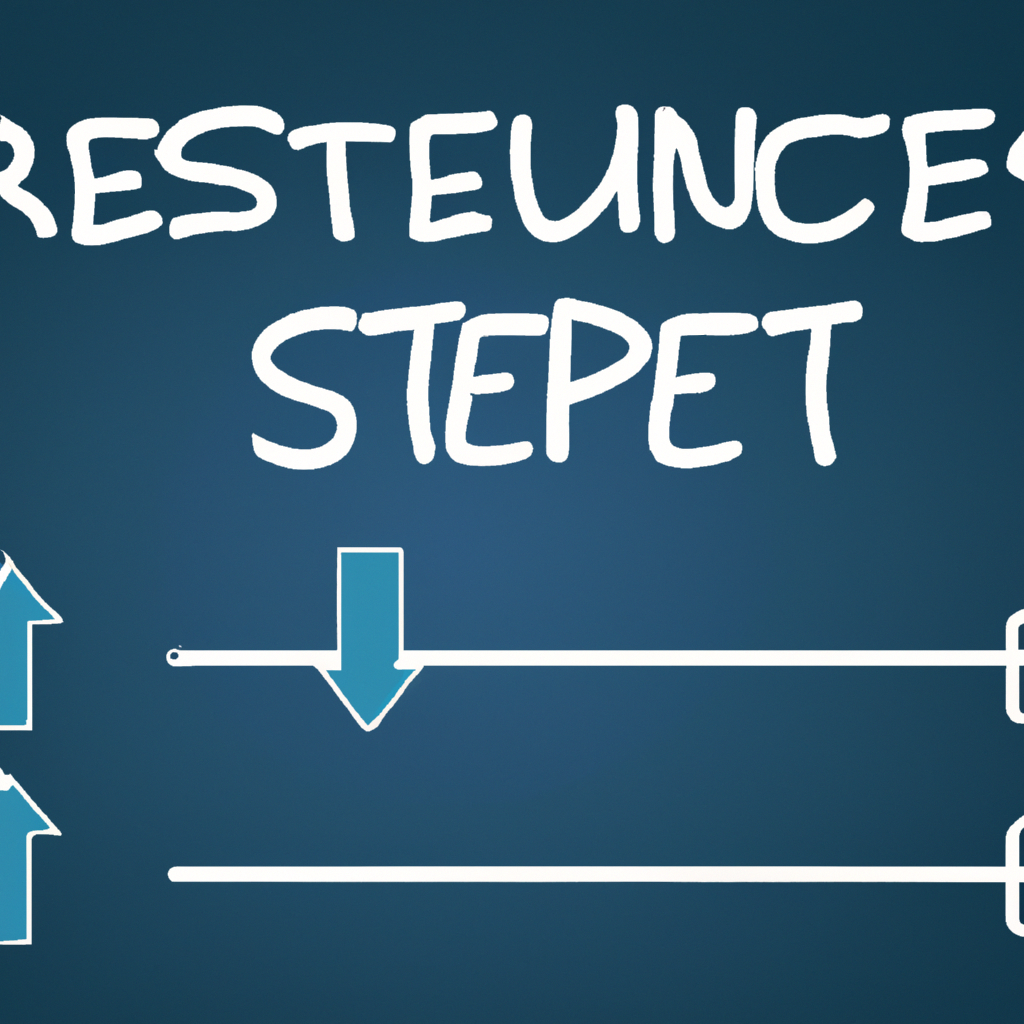Support and Resistance Level Strategies: A Comprehensive Guide
Introduction
Support and resistance levels are crucial concepts in technical analysis that help traders identify potential price reversal points in financial markets. Understanding and effectively utilizing these levels can significantly enhance your trading strategies and improve your overall trading performance. In this article, we will delve into the intricacies of support and resistance levels and explore various strategies to incorporate them into your trading approach.
What are Support and Resistance Levels?
Support and resistance levels are price levels on a chart where the buying (support) or selling (resistance) pressure is expected to be strong enough to halt or reverse the current trend. These levels are determined by previous price action and can act as significant barriers for future price movements.
Identifying Support and Resistance Levels
There are several methods to identify support and resistance levels, including:
1. Historical Price Analysis: Analyzing past price action can reveal areas where the price has repeatedly reversed or stalled, indicating strong support or resistance levels.
2. Trendlines: Drawing trendlines connecting consecutive swing highs or lows can help identify areas of support and resistance. The more times a trendline is touched or intersected, the stronger it becomes.
3. Moving Averages: Moving averages, such as the 50-day or 200-day moving average, can act as dynamic support or resistance levels. When the price approaches these moving averages, it often experiences a reaction.
Support and Resistance Level Strategies
1. Breakout Strategy
One popular strategy is to trade breakouts of support or resistance levels. When the price breaks above a resistance level, it indicates a potential bullish signal, while a break below a support level suggests a bearish signal. Traders can enter positions in the direction of the breakout, placing stop-loss orders just below the broken resistance or above the broken support level.
2. Pullback Strategy
Another effective approach is to trade pullbacks to support or resistance levels. After a breakout, the price often retraces back to test the broken level before continuing in the direction of the breakout. Traders can enter positions at these pullback levels, anticipating a resumption of the trend. Stop-loss orders can be placed below the pullback level to manage risk.
3. Support and Resistance Flip Strategy
Support and resistance levels can also flip roles when broken. For example, a previous resistance level that has been successfully breached becomes a new support level. Traders can look for opportunities to enter long positions near these flipped support levels or short positions near flipped resistance levels. Stop-loss orders can be placed on the opposite side of the flip to protect against false breakouts.
4. Confluence Strategy
Combining support and resistance levels with other technical indicators or chart patterns can provide stronger trading signals. Look for confluence, where multiple factors align to confirm a potential reversal or continuation. For example, if a support level coincides with a trendline and a bullish candlestick pattern, it strengthens the likelihood of a successful trade.
Conclusion
Support and resistance levels are essential tools for traders to identify potential price reversal points and make informed trading decisions. By incorporating various strategies, such as breakout, pullback, support and resistance flip, and confluence, traders can enhance their trading approach and improve their profitability. Remember to always practice proper risk management and combine these strategies with other technical analysis tools for a well-rounded trading strategy.
